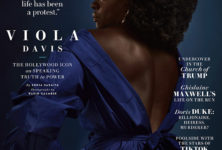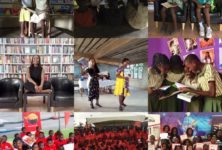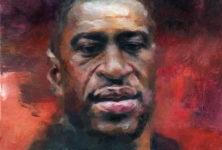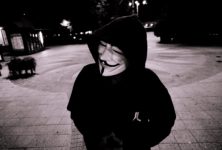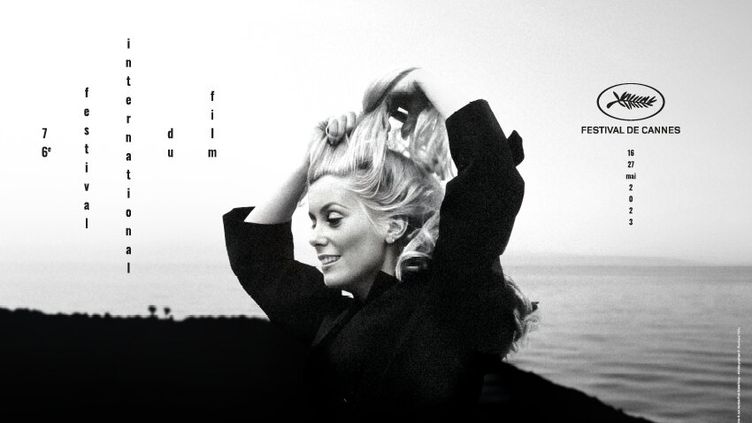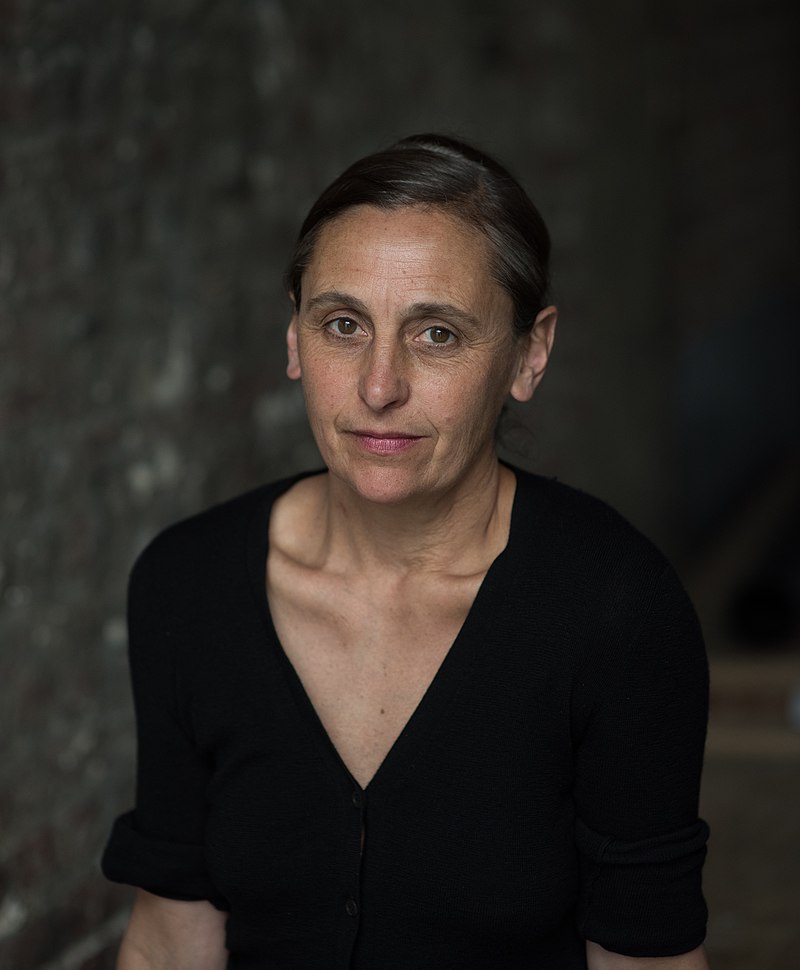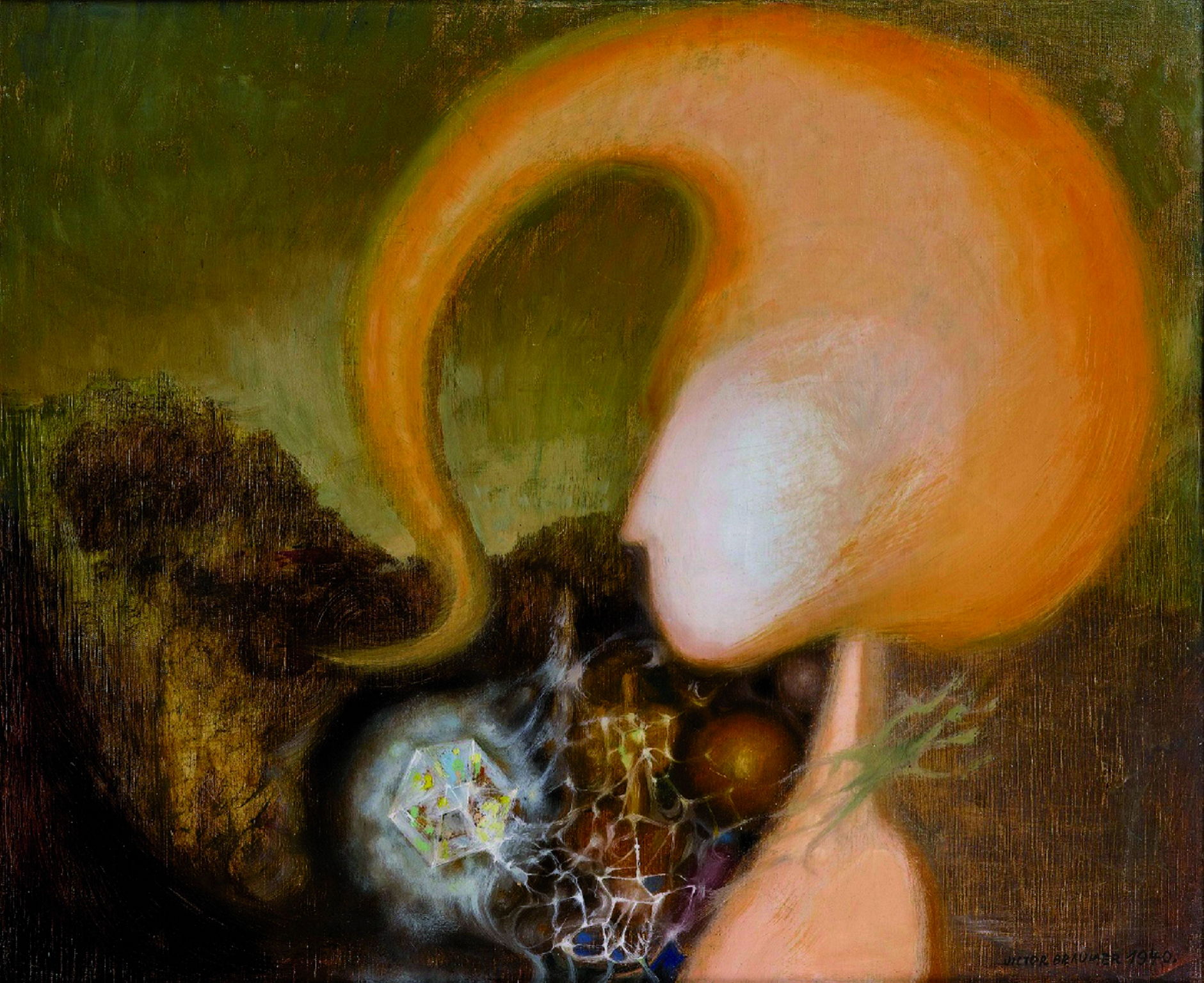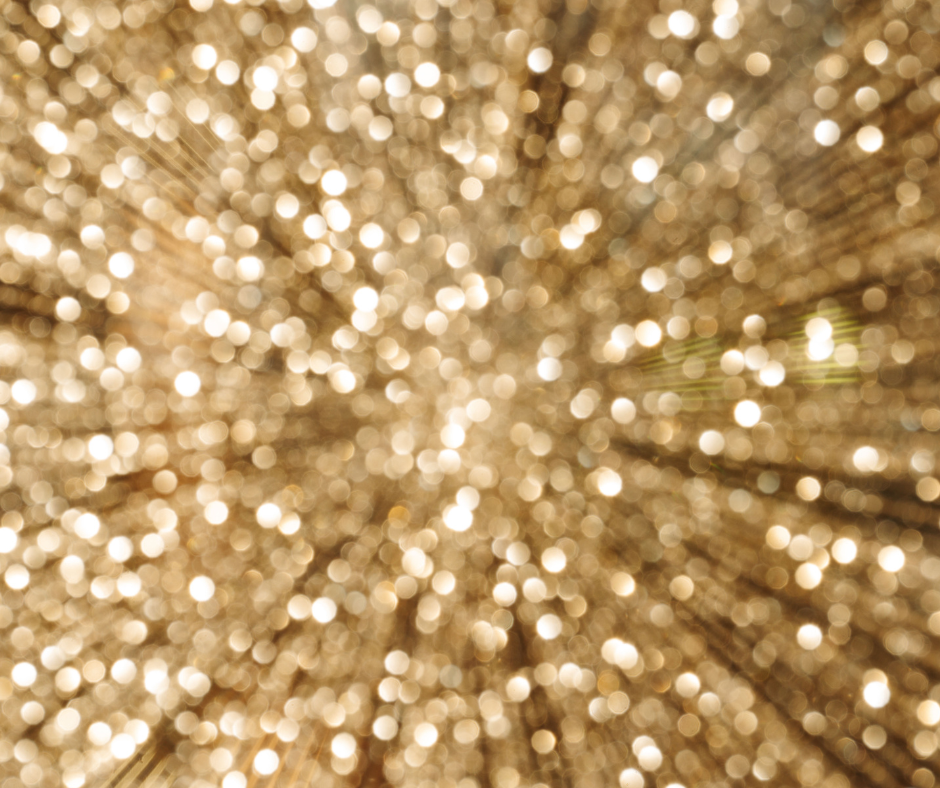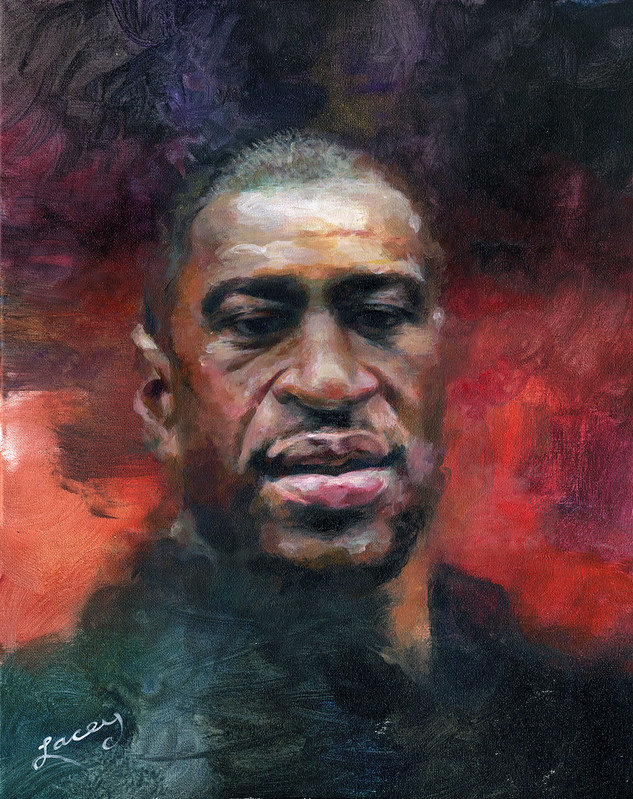
The murder of George Floyd prompts cultural and mediatic activism
George Floyd, a 46-year-old African American, was murdered by police officer Derek Chauvin on May 25, 2020. Floyd was under arrest for what was suspected to be counterfeit money in Minneapolis, Minnesota when Chauvin knelt on Floyd’s neck for nearly nine minutes.
“I can’t breath,” said George Floyd in the moments leading to his death. The murder by the white police officer was the final provocation. Activists, not only in the United States, but all across the globe, are chanting, painting, and plastering the words “I can’t breath” into existence. The movement, led by the organization Black Lives Matter, continues to mobilize people in the fight against racism through protests and social media, where people are finding creative ways to address the pivotal issue.
There are obvious ways to mobilize: donations, petitions, demonstrations, and the other various tactics employed during social movements throughout history. Less common forms of activism such as hacktivism have emerged as a result of the death of George Floyd. Likewise, artists are using their work as a platform, and people are finding creative ways to give back to the black community.
Spike Lee’s movie : 3 Brothers
The African-American Filmmaker, Spike Lee released a short film titled, 3 Brothers The film, lasting just over a minute and a half, draws ties between the death of Eric Garner, another black man choked to death by American Police in 2014, George Floyd, and Radio Raheem. Radio Raheem is a fictional character from Lee’s film Do the Right Thing, in which Raheem dies from police violence.
3 Brothers-Radio Raheem, Eric Garner And George Floyd. pic.twitter.com/EB0cXQELzE
— Spike Lee (@SpikeLeeJoint) June 1, 2020
The officer responsible for the death of Eric Garner was never charged for suffocating Garner, who, like Floyd, gasped the words “I can’t breathe” in his final moments.
Chauvin was originally charged with third-degree murder and second-degree manslaughter. But, after protesters and demonstrators called for the accountability of Chauvin, the charges against him were amended to reflect his intent. On June 3, Chauvin’s charges included second-degree murder, and the three other officers involved were charged with abetting second-degree murder.
Anonymous and mediatic activism
One figure that emerged in the wake of the death of George Floyd was Anonymous, a group of unknown hackers that targets abuses of power. Anonymous is suspected to be responsible for the DDoS (Distributed Denial of Service) attack on the Minneapolis police website. This type of cyber-attack overloads the website with activity until it stops working. Anonymous also threatened to expose more wrongdoings by the Minneapolis police department.
Other instances are being linked to Anonymous, such as the leak of compromising information against President Trump. The leak includes documents linking Trump to a child-trafficking ring.
Despite the worldwide presence of COVID-19, activists who cannot attend physical protests are taking to social media to bring awareness to Black Lives Matter and the plague of police brutality. One YouTuber published a video that allows people to donate to Black Lives Matter with no money. The ad revenue generated by streaming the video is donated to various organizations such as Black Lives Matter, George Floyd’s Family Gofundme, and bail funds for protestors.
Illustrators and Insta-activism
On Instagram, an illustration of George Floyd by the user @shirien.creates went viral, as people shared the artwork to their own profiles and stories. @Shirien.creates shared illustrations of protesters and Breonna Taylor, a black woman killed by police officers in March.
Another Instagram illustrator, Courtney Ahn, used her platform to create “A guide to white privilege,” which educates white people on how to be effective allies to the black community.
The recent forms of cultural and mediatic activism show that one does not have to leave their home to make a statement about the ongoing issue of police brutality in America. Each day, creative people are finding new ways to continue the imperative fight for black lives.
Visuals: cc logo Attribution-NonCommercial 2.0 Generic (CC BY-NC 2.0)





